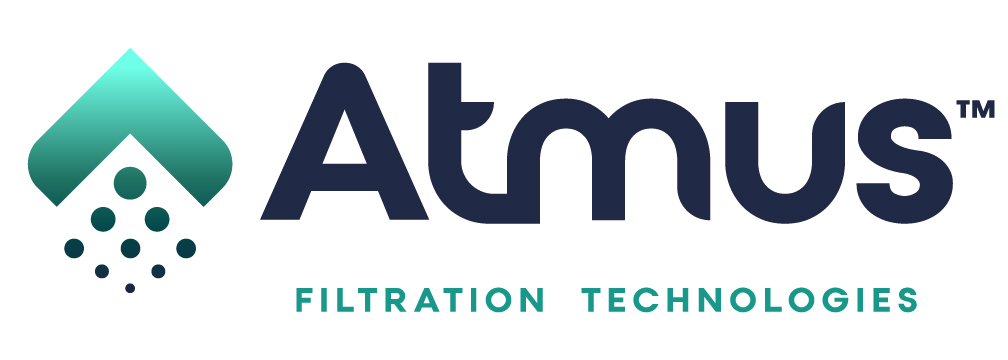True Sustainability: It’s More Than Metrics

Environmental protection efforts are often challenged — or even required — to prove that they’re making a difference. As a result, it can be tempting to prioritize a metrics-based approach to sustainability.
But although metrics can be valuable, they only tell part of the story.
I first encountered this dilemma when I was finishing my environmental science degree. I had accepted a position as the community relations coordinator for a wetlands restoration project. Part of my job was helping determine whether the restoration was successful. We gathered a variety of metrics, from monitoring sensitive species like salamanders to assessing the cleanliness of the air and water. These efforts encouraged community involvement, enhanced biodiversity, and eventually restored a thriving ecosystem. But in truth, many of the project’s benefits didn’t begin to show until 15 years later.
This highlighted the risks of focusing too closely on short-term sustainability metrics. When numbers are the priority, it’s easy to overlook many other important — and perhaps much more critical — nuances, as well as alternate measures with the potential to bring about positive change.
Here are five key lessons I’ve learned about achieving true sustainability:
1. Look Beyond the Metrics
Don’t get me wrong — metrics matter. They can hold us accountable and indicate that we’re serious about our goals. But measuring success is also expensive and time-consuming. Obsessive measurement can drive a “performative sustainability” mindset focused on generic, shallow and simplistic goals. In addition, metrics are often used as “virtue signaling,” rather than driving real commitment and lasting change.
Many companies struggle to support sustainability at all, much less gather comprehensive metrics. Real change happens when we show up for our neighbors and customers with sincerity and authenticity. That work has value, even if you don’t gather data.
The journey is also part of the success. Celebrating your efforts along the way helps you stay motivated and increases your potential for meaningful impact.
2. Focus on Long-Term Potential and “Quiet Wins”
The core intent of environmental protection is to avoid negative outcomes altogether, not to measure how well or quickly we recover from them. This means the results are often invisible when we succeed.
Environmental gains are almost always incremental and progressive, taking months, years or longer to appear. Nature’s timetable can undermine your motivation and ability to recognize your accomplishments — but that doesn’t make them any less worthwhile or successful.
The most important, effective and sustainable achievements happen quietly over the long haul and never for the sake of attention. They’re born out of integrity and a desire to create a better future.
Remember that your actions will have ripple effects. Even if you don’t see progress right away, you can still take pride in the communities you strengthen, the camaraderie you build, the people you bring joy to, the animals you shelter, the plants you maintain, the beauty you preserve and so much more.
3. Share Your Vision
Aligning people emotionally, not just logically, is essential to your success. Strive to educate your supporters about the goals, efforts, results and benefits of your sustainability initiatives.
For example, each year on World Environment Day (June 5), every Atmus site hosts speakers, visitors, workshops and activities to raise awareness of that location’s impact on the environment and the community. These offer great opportunities to demonstrate best practices and teach skills that can help our employees reduce their environmental footprints, both at work and at home.
4. Ask How You Can Help
Broad, stereotypical sustainability objectives like “emissions reduction” can blind us to community aims and even individual dreams to protect what is important. Consider asking questions that can lead to people-oriented benefits, like these:
- How can we preserve safe, peaceful, natural places for ourselves and our neighbors?
- What can we do today to protect our outdoor hobbies and ensure our children will be able to enjoy them as well?
- How can our sustainability efforts safeguard our mental and physical health?
5. It’s OK for Goals to Change
Action steps, priorities and imminent risks may need to be reevaluated as you get involved. Economic and social influences can change. You may discover a better way to go about preservation midway through a project. “Unfinished” work is worthwhile, even if you need to alter course.
Local conditions might need to take precedence over broader goals. In regions where water is scarce, for example, a focus on emissions reduction might need to be balanced with water conservation opportunities to deliver the greatest positive impact.
Small Actions Add up to Huge Impacts
Metrics are valuable. We should want to set and track them. But what we need is the culmination of quantitative and qualitative efforts.
When I visit Atmus sites, people often ask me if individual actions like recycling can make a difference. The answer is yes. Working together with conscientious sustainability in mind (even in small ways) is what truly makes a difference. It goes beyond any metric-focused approach.
Because genuine and sustained commitment is the true differentiator in achieving sustainability.

Leslie with Atmus volunteers during Wildflower Refresh volunteering activity in Cookeville, TN





